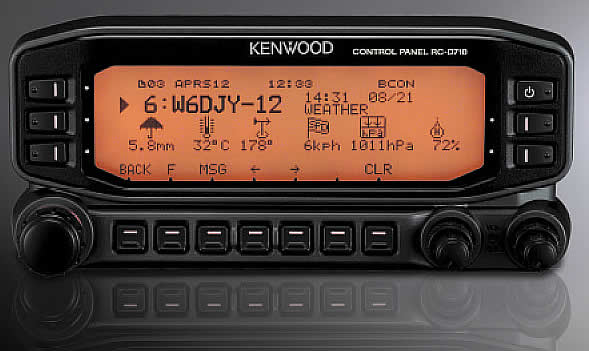Today was the last day of the first phase of my Christmas vacation. It differs from next week in that I was alone during the weekdays. I figured I should take the opportunity to snag a few more “easy” summits before 2011 rolls over to 2012. I picked up three two-point summits on Monday and Tuesday, and decided to shoot for three more two-pointers today.
While I was in the Tillamook area on Tuesday, I picked up a recent topo map of the Tillamook State Forest from the forestry office. This map has up-to-date information about what roads have gates, regular maintenance, etc. It’s nice because the Topo USA 5.0 software I normally use for planning these trips has some seriously out-of-date (and incorrect) information. Given the lofty goal of a three-summit day, I figured I should study the map closely and plan a route I was sure would be successful.
I set off from home about 0730 for summit W7/NC-071. The planned route paid off and I drove straight to the foot of an ATV trail I planned to use to access the summit. I walked about a mile and a half up to the spot and set up my usual 20 meter station. The weather was extremely foggy and while I expected the view from up there was excellent, I couldn’t see it at all. I had 3G coverage, so I spotted myself on SOTAWatch and before I could put the phone down and pick up my mic to call CQ, N4EX was calling me. He must have been tracking my APRS position and rapidly refreshing the spots page. That kicked off a quick slew of seven contacts in four minutes. After that, I packed up and headed down the mountain. Victory song on the way down was “Native Stepson” by Sonny Landreth.
From here, I drove about 1.5 hours to my planned approach spot for Gobbler’s Knob, W7/NC-012. I snapped this picture from the side of the road as the fog started to recede in the morning sun:

I made it to the top in about thirty minutes, making my second planned summit (along with my first) right on schedule; I sat down to call CQ at exactly 2000Z (1200 local). This summit also offered 3G coverage so I spotted myself and made another seven contacts in a few minutes. Again, I packed things up and headed down to the Jeep. Victory song this time was “So Excited” by Stevie Ray Vaughan.
Unfortunately, the story takes a turn for the worse here. After departing Gobbler’s Knob, I headed about 45 minutes back the way I came to pick up the road that follows the North Fork of the Trask River and take it east to my planned summit of W7/NC-066. I rounded a bend and suddenly found myself staring at a closed gate. I was so mad, given that I had vetted the entire route the night before. I pulled out my nifty map and verified that the gate is indeed marked and I had missed it. Drat! Would you believe that the song on the radio at that very moment was “Signs” (as performed) by Tesla? How appropriate.
Determined to achieve the goal of a summit trifecta, even if the total score had to suffer, I quickly scanned the map and settled on Blind Cabin Ridge, W7/NC-031. This too had a gate preventing vehicular access, but the summit was only about a mile and half past this point. I figured I could drive there and quickly hike up to the summit and round out my day. After lots of driving on the unforgiving bumpy logging roads of the forest, I arrived at the gate, as marked. I pulled up on the bank to avoid blocking the road and set out for the summit. It all went as planned until I reached the trough between the first hill and the summit. The map showed continuing up a road that had been closed by loggers, as well as what looked like having been freshly tilled. After climbing over the slag the logging crew drug into the road to block it off, I had another half mile or so of extremely loose dirt in the bed of the former road. I finally reached a spot where my GPS agreed I could stop and make my contacts.
I climbed up on a bank where there was a flat spot and more packed dirt. There was no 3G saving grace for me here. So, I pulled out my APRS radio and proceeded to transmit a spot beacon in hopes that it would reach an igate and spot me on SOTAWatch. I called CQ only a few times before I got noticed and proceeded to make eight contacts. I later realized that my APRS spot beacon didn’t make it through and KE7FGB had just stumbled upon me by accident! Luckily, he spotted me and things went smoothly from there.
I packed up and headed back to the Jeep. Victory song this time was “Green Onions” (as performed) by Tom Petty. As the sun began to set behind me, I captured this picture from the road down from Blind Cabin Ridge as the fog began to settle in the valley:

Once I made it back to the Jeep, I plotted my course back to Highway 6. The sun had officially set and this point and I drove for two hours in the dark to get out of the woods and back to civilization.
I talked to stations in North Carolina, California, Indiana, Texas, Colorado, Oregon, Maryland, Wyoming, Iowa, New Mexico, as well as Canadian stations in Quebec, and British Columbia.
You might think that this coming week between Christmas an New Years is going to be a quiet calorie-fest at home, right? Not if the things I have up my sleeve come to fruition!



















